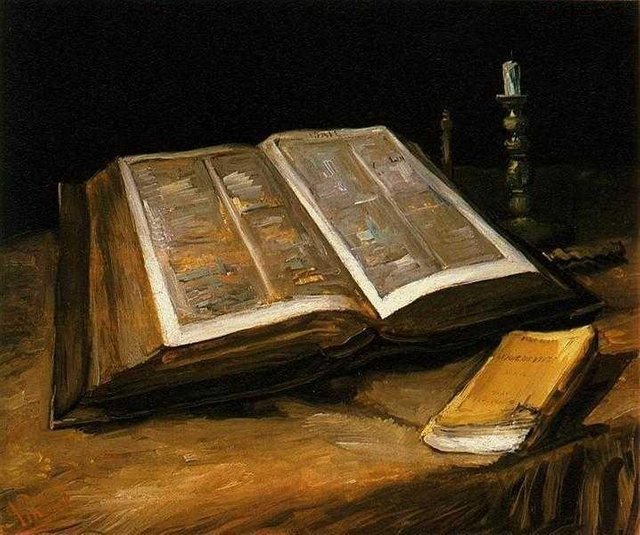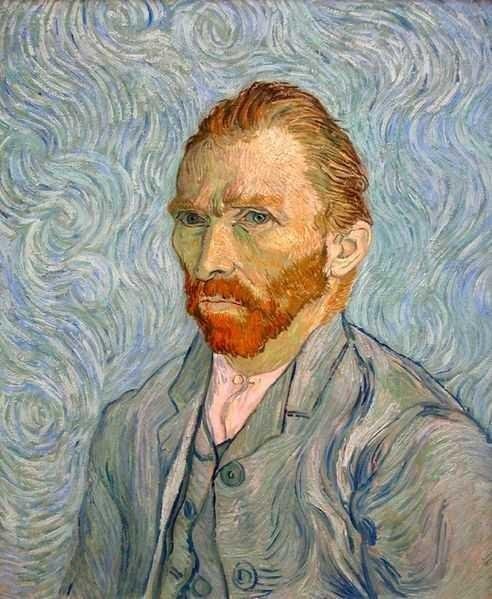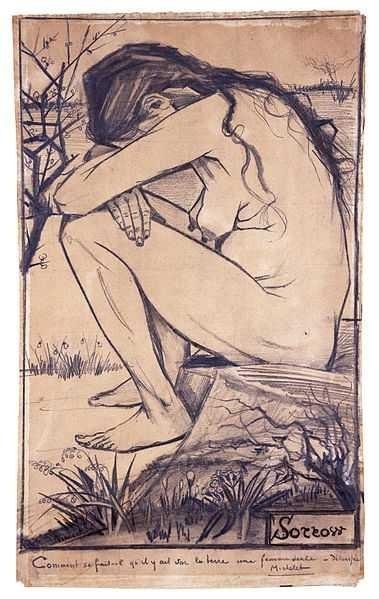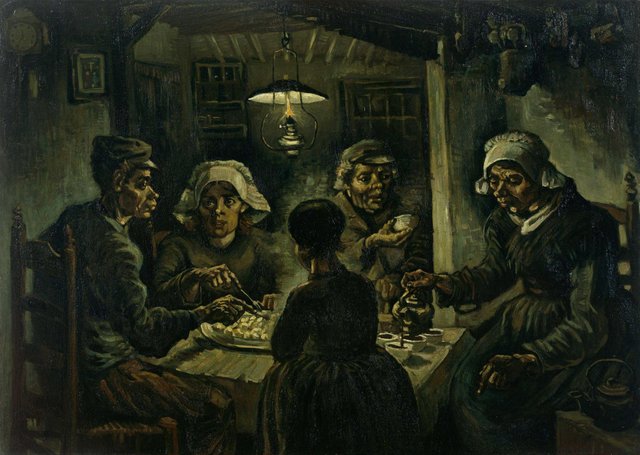"I Pay My Life For My Work, And It Makes Me Half-Mind." Vincent Van Gogh. Part I
Vincent Van Gogh - one of the greatest artists in history, a genius who gives the world color and sells only one picture. The fate of this person is difficult and dramatic.
March 30, 1853 in the Netherlands, in the village of Groth Sündert, near the Belgian border, a boy born, named Vincent. His father was a priest, and the boy had to follow in his father's footsteps. But after graduating from school at the age of 16, Vincent went to work for his uncle's company. The uncle's company sells art, there is a young man and begins to engage in creative work.
Then he went to London, where he gained his first missionary experience - he taught at school on Sunday. But his father's way was difficult for Vincent, after returning home, he tried several times to pass the theological exam. As a result, he still gets a job that is not approved by anyone. In 1878 he was sent to Belgium.
Patushra's small mining community lives badly, and Van Gogh is very sympathetic to the locals. He appealed to the authorities with a request to improve the working conditions of the population, but in vain, all these circumstances then increased the depression within him. Visiting sick children and teaching with rest for Sunday sermons - this is the life of future artists in the beginning. But there was already he pulled a little money.
Two years later, Vincent left Belgium and, with financial support from his brother Theo, began drawing lessons. However, this inspiration came later. She meets a prostitute named Klazina Hoornik and starts living with her, and she poses for Vincent.
In this picture Sin, like Van Gogh calls him, is pregnant, he is suffering from alcoholism and syphilis. This is a reflection of Van Gogh's reality, horror and poverty. However, his master's work was executed by charcoal, rather touching, the artist must have empathized his model, this is a very personal picture.
In 1885, Vincent moved from Sin and settled in the village of Nuenen in the Netherlands. "Potato Eater" is Van Gogh's first serious work done with oil. For four years, the artist learned to paint with oil, and for the first work was inspired by another Dutch painter - Rembrandt. Instead this light and shadow, which Van Gogh takes over from him, lets it clearly highlight the face and hands of the people, not decorate them.
The author gives us the hard life of these people, making viewers not involved in what happened, as if peering through the window. The situation is bleak and concentrated in the middle of the picture, the hands that people eat, thin but strong, and hard faces, almost caricatures, but still alive - all of this tells the working class characters of the time. Workhouses, at seven o'clock, they had dinner. Original work.
Another masterpiece, inspired by Rembrandt's painting techniques. This is a very symbolic work and, as the legends say, Vincent wrote it in one day.

Still Still with the Bible, 1885
In the center of the plot is the Bible, and not just a person, but his father's pastor. To the right of the Bible we see an extinct candle - on the night Vincent receives news of his parents' death. He respects his father and his profession, so his main line is as follows.
However, to the right of the Bible, the author puts another book on the yellow cover. This is a novel by French writer Emile Zola "The Joy of Life", one of the favorite authors of Van Gogh. Putting the Book of Life in the middle of the story, Van Gogh shows respect for faith, but at the same time he tells viewers his views and likes. That's when Van Gogh finally decided to leave for Paris.
Read the second part of the article tomorrow ...
All artwork presented in the article is in the public domain



Thanks... My friend